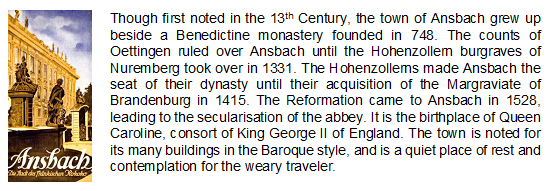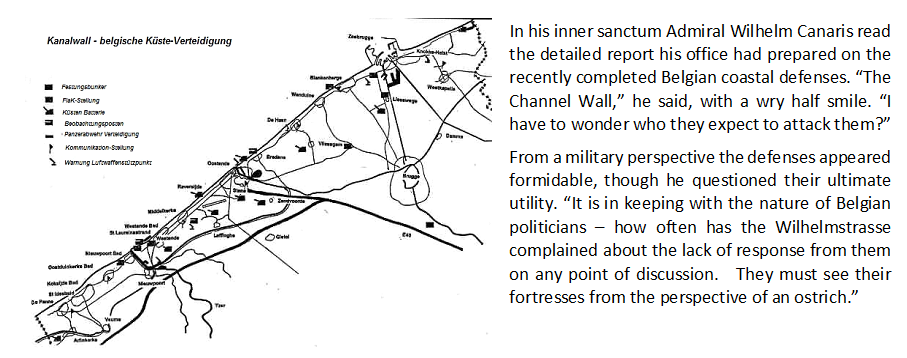You are not logged in.
Dear visitor, welcome to WesWorld. If this is your first visit here, please read the Help. It explains in detail how this page works. To use all features of this page, you should consider registering. Please use the registration form, to register here or read more information about the registration process. If you are already registered, please login here.







Belgian beach guard "Hey kid get off that Element C, that's not a climbing frame." "Hey kid stop poking that, don't you know what an anti-tank mine looks like?" "Excuse madam, no photos of the scenic beauty, there's a super-secret gun bunker right there." "What Sir? Oh that's a medieval castle, sure they had 280mm guns in those days, yeah concrete... the Romans had it, of course the Army didn't add battlements on top to make it look phoney, no that's not the ice cream stand - that's actually a hidden flamethrower bunker." "Hey kid, stop filling that anti-tank ditch with sand, don't you know how long that took to dig out? Can you just go home now?"
Forum Software: Burning Board® Lite 2.1.2 pl 1, developed by WoltLab® GmbH
